Operation Flood and Cooperatives
by Devender
0 2394
The farmers of the Kheda district, Gujarat used to supply milk to Bombay but they felt cheated by the milk traders and for that, they chose to meet Sardar Patel who was from the same region to address their problems.
Operation Flood and Cooperatives
Patel and Morarji Desai advised farmers of Gujarat to organize themselves under a cooperative union and then pressurize the Bombay government to buy milk directly from their union.
These farmers took the advice and registered themselves in Anand, Gujarat in Dec 1946. Tribhuvandas Patel convinced the farmers to form milk cooperatives and later became its chairman, the position he held for 25 years.
- Dr. Verghese Kurien became the CEO of this union and stayed at the position till 1973
- In 1955, the Union chose "Amul" the name of its range of products
- The Union competed with MNCs like Glaxo & Nestle
- The Anand pattern of the Khera cooperative union became famous and spread to other districts of Gujarat in 1974
- Even PM Shastri Ji wrote to all CMs of all states in 1964 to set up cooperative dairies on Anand Pattern
- To get it done, NDDB (National Dairy Development Board) was created in 1965
- Mr. Verghese Kurien was made its chairman
- Operation Flood Beginning:
- Increase milk production
- eliminate middlemen
- providing a regular income to producers throughout the year
- Operation Flood's Impact:
- It helped in the establishment of an indigenous dairy equipment manufacturing industry
- It also helped in the development of animal nutrition, animal health, artificial insemination management information systems (MIS), dairy engineering, food technology
- It also empowered Women, along with help of NGOs like SEWA helped in establishing about 6,000 Women's dairy cooperative societies
- Service cooperatives:
- It became inefficient because it became overstaffed with government officials instead of promoting people’s participation in the cooperative movement
- Credit cooperatives experienced the significant downside of disappointment of reimbursement of advances, which prompted an enormous level of over-duty
- In opposition to normal discernment, rich and landowning local areas were the biggest defaulters not poor people and little ranchers
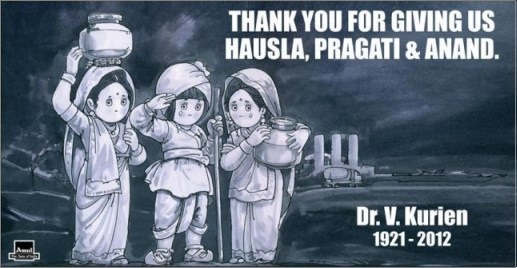
Inspired by the Khera Union for personnel, expertise, and much more, NDDB launched Operation Flood. It was an operation to copy the Anand Pattern in other parts of the country. It organized cooperatives of milk producers into a nationwide milk grid to:
It wasn't just a milk program but a way for development, to generate employment and income in the rural households and coming over the problems of poverty in the country.
It increased the milk supply in the country and also the income of the milk producers especially the poor ones. It proved out to be a great measure to end the poverty in the country as in estimation, it was found out that more than 60% of the total people who got benefits from it were marginal or small farmers and landless laborers.
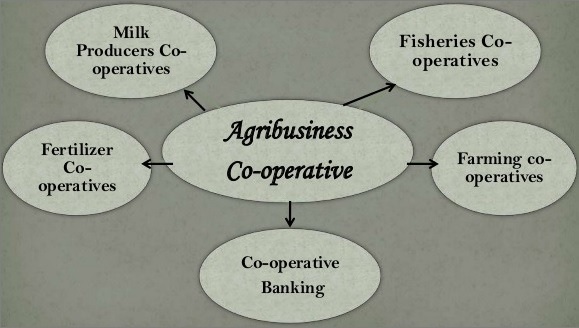
Limitations of Cooperativization
Many weaknesses were found in the cooperative movements during observations of Danial Thorner who was a noted economist. He found that there are two types of cooperatives in the case of joint farming:
1 One was of rich farmers who used to form such cooperatives to evade land reforms & access incentives offered by the states. These were bogus kinds of cooperatives where rich farmers used to enroll their laborers and ex-tenants as members.
2 The other one was state-sponsored cooperative forms where uncultivated lands of the government were made available to landless laborers & underprivileged groups but these ones didn't reach the expectations in terms of benefits.
These cooperatives fared better than farming cooperatives however it reinforced caste-based hierarchical structure. These cooperatives didn't provide any benefits to the poor as the owners were mostly drawn from traders and money lending communities.

Share:

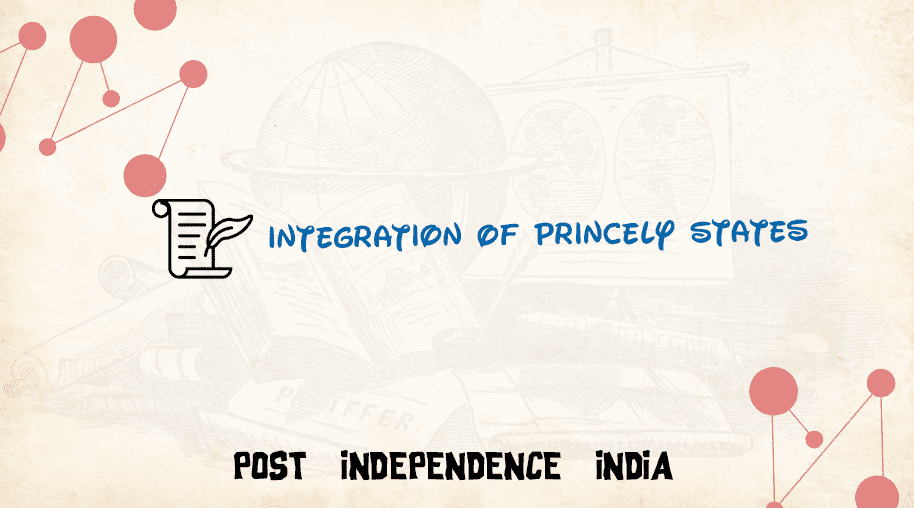
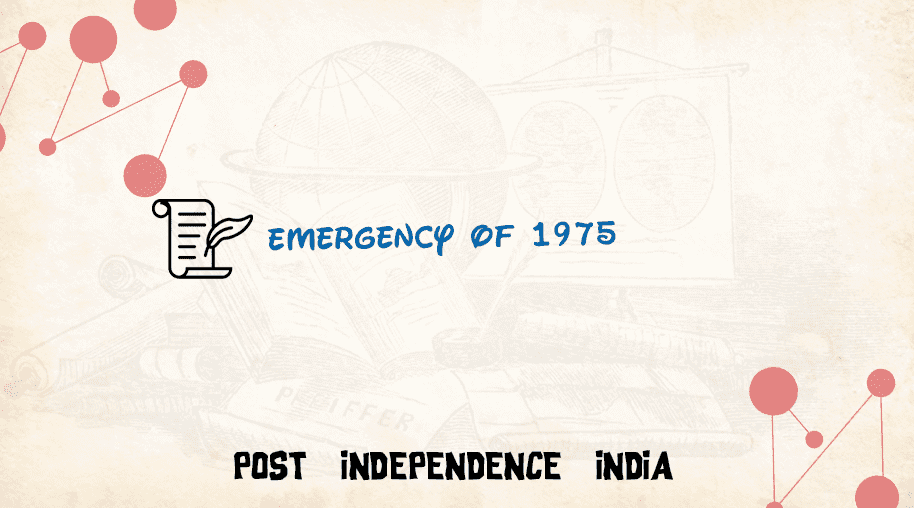
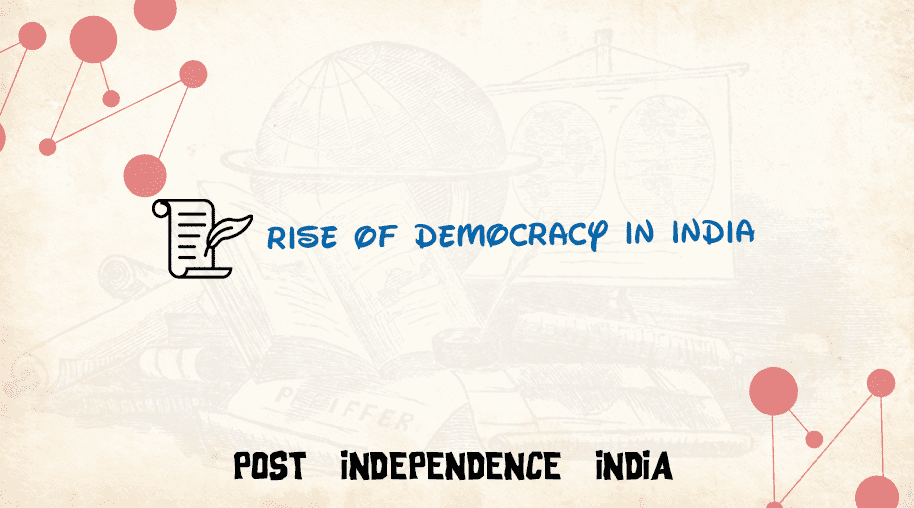
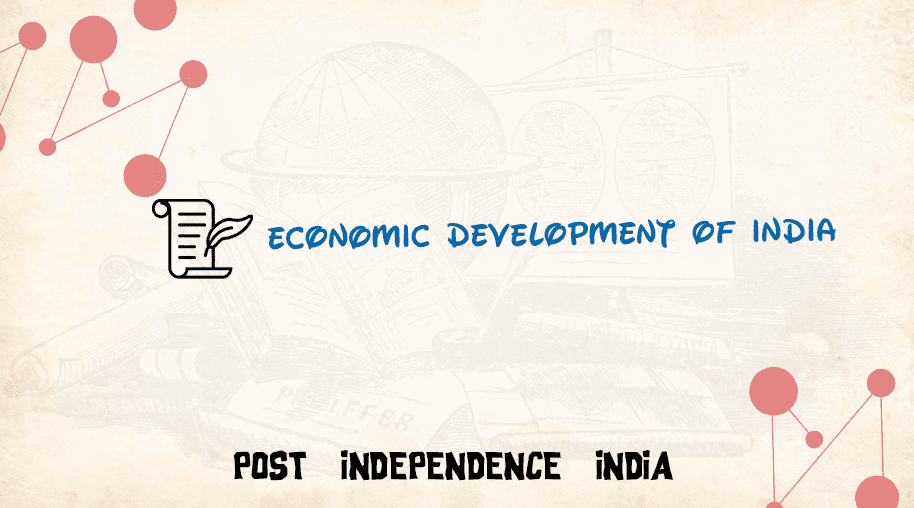


Comments
Waiting for your comments